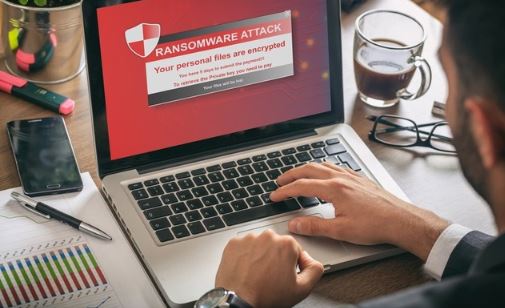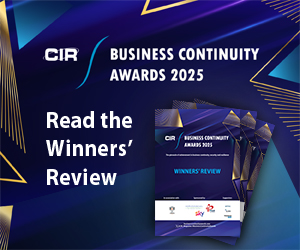Although a minority of ransomware victims pay their extorters, those that do are directly enabling between six and ten attacks on other organisations, according to research by cybersecurity firm Trend Micro.
The research found that those that agree to pay – which in this report was around 10% of firms analysed – usually do so quickly and are generally being forced to pay more per incident. It revealed that victims in some sectors and countries pay more often than others, meaning their peers are more likely to be targeted. It also concluded that paying a ransom often only results in driving up the overall cost of the incident with few other benefits.
The study showed that ransomware monetisation activities are at their lowest in January and July-August, making these potentially good times for defenders to rebuild infrastructure and prepare for future threats.
Jon Clay, VP of threat intelligence at Trend Micro, said: “Ransomware is a major cybersecurity threat to enterprises and governments today. It’s also continually evolving, which is why we need more accurate, data-driven ways to model ransomware-related risk. This new research aims to help IT decision-makers better understand their risk exposure and provide policymakers with the information they need to craft more effective and impactful strategies.”
Jointly produced by Trend Micro and Waratah Analytics, research for the report – What decision makers need to know about ransomware risk – applied data science approaches to information collected from network and host-based telemetry, underground forums, bitcoin, and financial transactions, and chat logs, alongside analysis of criminal business processes.
Printed Copy:
Would you also like to receive CIR Magazine in print?
Data Use:
We will also send you our free daily email newsletters and other relevant communications, which you can opt out of at any time. Thank you.











YOU MIGHT ALSO LIKE